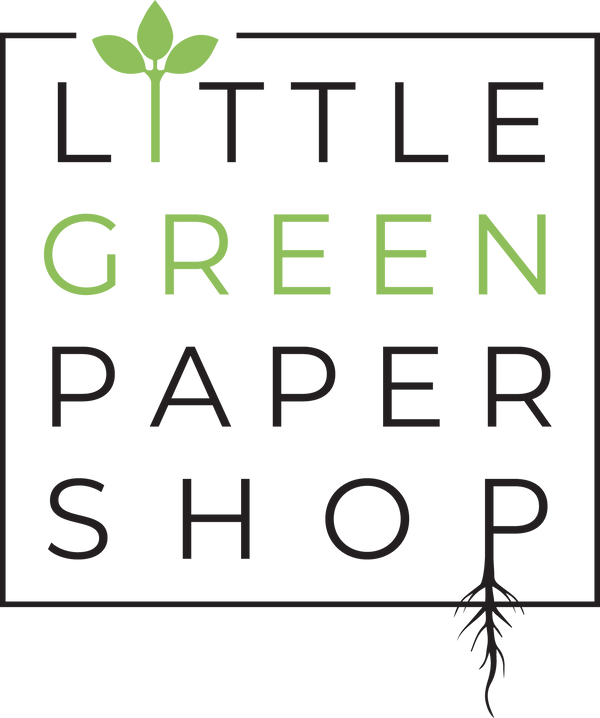There is something extremely special, and slightly old-fashioned about the act of giving and receiving Christmas cards, it kickstarts Christmas across the UK for many and adorns homes throughout the UK with festive cheer.
Sending cards dates back to 1611 when Michael Maier sent the first card to James I of England and his son Henry Frederick, Prince of Wales. Since then the UK card industry has grown to one of the most successful greeting cards industries in the world, with around 2 billion greetings cards are purchased each year in the UK.
Although seemingly innocuous our obsession with greeting cards does come at a cost, A study by Exeter University showed that the cost of sending one card was approximately 140 grams of carbon dioxide meaning the whole industry is responsible for the same carbon footprint of manufacturing 10,000 cars per year.

Are they really that bad?
All greeting cards sold in the UK come under the EU Timber Regulations, which outlaws the importation and use of illegal timber. The Forest Stewardship Council provides a scheme to ensure that products originate from well-managed forests or recycled sources, also taking into account biodiversity and the well-being of forest communities, yet when covered in Glitter and wrapped in plastic they often create a large amount of waste. Some cards do come with , bio-plastic wraps made from sugar or starch, but this often cannot be found in mass produced cards.
How can I reduce waste associated with sending a card?
E-Cards came to the fore a decade or so ago and obviously remove the paper, transport and postage costs associated with traditional cards. That said, since the rise of instant messaging and inboxes full of Spam mail they just do not have the same impact as a handwritten card.
Can I recycle a greeting card?
The good news is yes, cards are recyclable. Mostly. As cards are meant to stand out and be decorative they often include things like Glitter, metallic ink, metal charms or music players. These would all need removing before a card could be recycled.
There must be another option?

There has been a rise in sustainable greeting cards over the years and some truly exciting options are starting to appear, from recycled to reusable. At LittleGreenPaperShop we have a range of cards made from exciting card stock. Cards are available made from sugarcane, plantable seed-paper that blooms into a range of wildflowers when planted and even recycled Elephant or Reindeer Poo Christmas Cards straight from the North Pole.
Amazing, what else is in the range?
On the shop there are 4 ranges of plantable ecofriendly gift tags, that come in 4 different designs; holly, let it snow, santa and our favorite forest friends.
Our favourite product has to be the plantable seed paper crackers. These come in a DIY kit that can be used to have some fun with your kids when preparing for your big lunch and can be filled with all kinds of goods. Forget the plastic frogs, curly fish or miniature calendars, you can fill these with sweets and chocolates or high quality gifts. They even come with some eco friendly gags to keep everyone happy. Once you are done, simply plant and wait for your flowers to bloom.
That’s a wrap.
We haven’t even gotten started on wrapping paper just yet, but it suffers from many of the same issues. Of course gift bags can be used if your present fits inside, and these can even be reused for a few years, but eventually they start to look tatty.
Enter Mulberry bush eco-friendly wrapping paper. This paper is divine, it is made from a Mulberry Bush, essentially a weed which rapidly replenishes and printed with synthetic Micas which are 100% biodegradable.
So, before you put pen to paper on your season's greetings this year, stop and take a thing about the environment and try some of our sustainable approaches.

